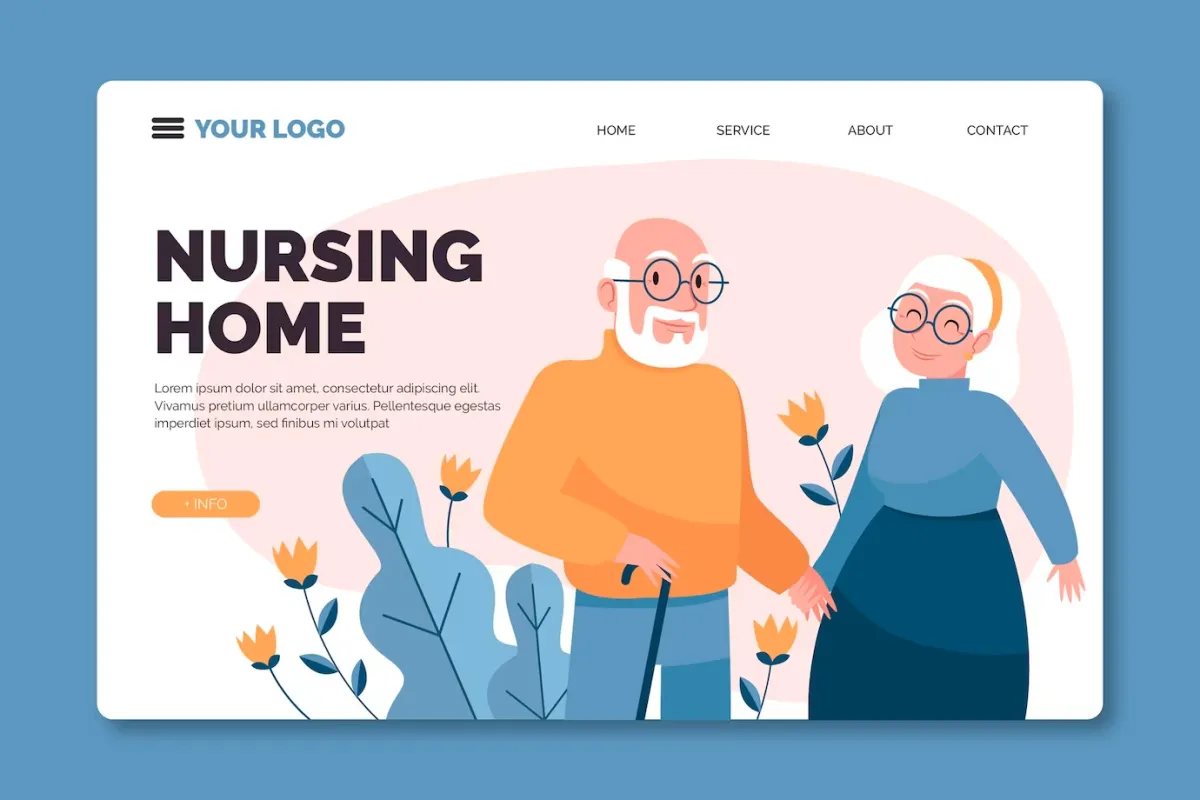Building an Effective Website for Your Assisted Living Facility
In today's digital era, a strong online presence is vital for businesses, and the assisted living industry is no exception.
Your website is the digital front door to your assisted living facility, and it serves as a crucial touchpoint for potential residents and their families.
Building an effective website goes beyond aesthetics; it requires thoughtful planning and strategic implementation to showcase your facility's values, services, and commitment to providing quality care.
In this blog post, we explore the key elements of creating an effective website that establishes trust, captivates visitors, and ultimately leads to increased inquiries and resident admissions.

Table Of Contents
User-Friendly and Intuitive Navigation
Mobile Responsiveness
Compelling Visuals and Imagery
Informative and Engaging Content
Call-to-Action (CTA) Buttons
Testimonials and Reviews
Clear Contact Information
Conclusion
1. User-Friendly and Intuitive Navigation
A well-organized and intuitive website navigation is essential to ensure that visitors can easily find the information they are seeking.
Consider a simple and clear menu structure that categorizes information logically, such as services, amenities, pricing, and contact details.
Implementing a search bar can also make it convenient for visitors to find specific details quickly.
2 . Mobile Responsiveness
With the majority of internet users accessing websites on their mobile devices, ensuring that your website is mobile-responsive is crucial.
A mobile-friendly website adjusts seamlessly to different screen sizes, providing an optimal user experience for all visitors, regardless of the device they are using.
3. Compelling Visuals and Imagery
Use high-quality images and videos that showcase the warm and inviting environment of your assisted living facility.
Visual content has a powerful impact on visitors and can evoke emotions that lead to increased engagement.
Highlight resident activities, communal spaces, and the compassionate care provided by your staff to provide a glimpse of the enriching experience your facility offers.
4. Informative and Engaging Content
Create informative and engaging content that not only describes your services but also addresses the needs and concerns of potential residents and their families.
Use clear and concise language, and avoid jargon that might be unfamiliar to non-industry individuals. Consider including resident testimonials, success stories, and staff spotlights to personalize the experience and build trust.
5. Call-to-Action (CTA) Buttons
Strategically place clear and compelling Call-to-Action (CTA) buttons throughout your website.
These buttons encourage visitors to take action, such as contacting your facility for more information, scheduling a tour, or downloading a brochure.
Well-designed CTAs can significantly improve lead generation and conversion rates.
6. Testimonials and Reviews
Displaying testimonials and reviews from satisfied residents and their families can serve as powerful social proof of the quality care your facility provides.
Positive feedback from others who have experienced your services can reassure potential residents and their families that they are making the right choice.
7. Clear Contact Information
Ensure that your contact information, including your facility's address, phone number, and email, is prominently displayed on every page.
Make it easy for visitors to get in touch with you if they have questions or want to schedule a tour.
Conclusion
An effective website is a crucial tool for building trust, establishing credibility, and connecting with potential residents and their families in the assisted living industry.
By creating a user-friendly and intuitive navigation, ensuring mobile responsiveness, using compelling visuals and imagery, providing informative and engaging content, incorporating clear Call-to-Action buttons, showcasing testimonials and reviews, and prominently displaying contact information, your website can become a powerful gateway to attract new residents and demonstrate your commitment to providing quality care.
Embrace the potential of an effective website to showcase your assisted living facility as a warm and nurturing home for seniors, inviting families to entrust their loved ones to your compassionate care.
Related Blogs





